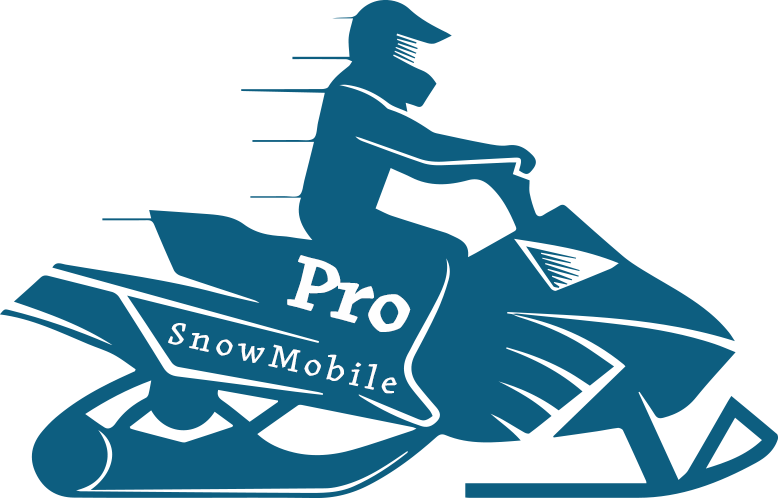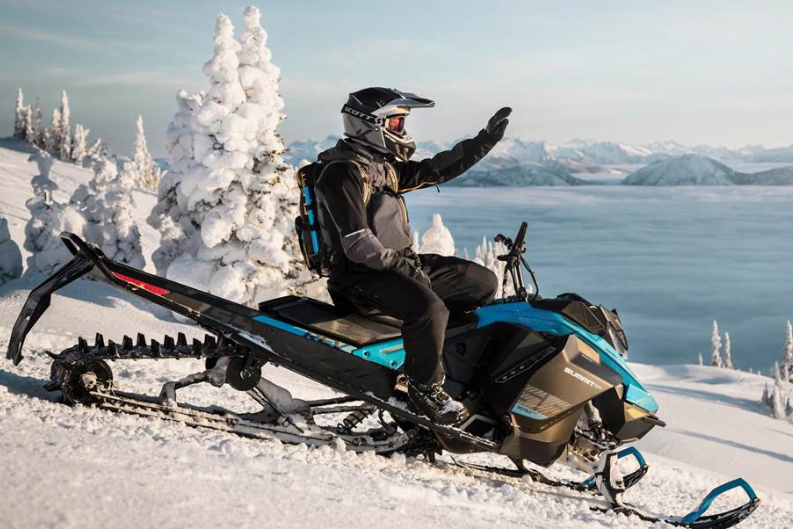How to Select Snowmobile Tracks
Snowmobile tracks are designed to travel over snow, and are specially prepared to provide traction and maneuverability in different Snow Conditions. The track on your snowmobile is critical to the performance of your sled. Choosing a replacement track or deciding which track length to go with on a new sled can be confusing.
Snowmobile tracks typically consist of a series of interlocking metal or rubber plates or treads, often with metal or carbide studs for improved traction on icy surfaces. The tracks are connected to the rear suspension of snowmobiles.
Tracks can wear out, so it might be time for a new one, or maybe you just want an upgrade. Either way, the information you’ll find below will help you out.
Types of Snowmobile Tracks
Before we get into the specifics of choosing snowmobile tracks, it’s necessary to understand that you need to check the manufacturer’s recommendations on the best track width and length if you are replacing a track on a machine you already have.
There are three types of snowmobile tracks that can be useful for snowmobile riders. Some tracks are better for snowmobile racing, some are great for deep snow and some can be useful in both conditions.
Let’s jump in and discover.
Shorter Length Tracks
Different track lengths serve various purposes.Shorter Snowmobile Tracks will give you increased handling and maneuverability, which is ideal for groomed trails or snowmobile racing.
Medium Length Tracks
If you want all-around capabilities, you’ll want a medium-length track that can handle a little bit of everything. These are common on crossover sleds and can handle trails and deeper snow.
Longer Length Tracks
As we move on to longer snowmobile tracks they need more powerful engines to operate, So if you want to ride in deep snow you would prefer Long tracks Longer tracks will provide you with more float in deeper snow.
Things to Consider Before Choosing a Track
Here are all the things you need to keep in mind when choosing snowmobile tracks.
1. Riding Style
If you are buying a new snowmobile, you should keep your preferred riding style in mind when choosing the ideal snowmobile tracks. Different lengths and types of snowmobile tracks will give you advantages in certain situations.
The snowmobile tracks play a vital role in what a snowmobile can do in the snow, so be sure to get an option that meets your needs or preferences as a rider. Always check the manufacturer’s specifications when replacing a track on a sled you already have.
2. Length/Width of Track

If you are changing snowmobile tracks or buying a new sled. The first step to selecting a snowmobile track is to check the manufacturer’s specs. The length of snowmobile tracks is the most vital thing to consider, so you need to know what the ideal length and width of the track will work for your snowmobile.
According to your riding style and needs you can choose between longer and shorter tracks. You can’t buy any track you want because not every track will fit the specific make and model of the snowmobile.
3. Thickness/Lug Height of Snowmobile Tracks
when selecting a snowmobile track Lug height/Thickness is another crucial thing to keep in mind because different heights have various advantages or disadvantages.

Thinner Snowmobile Tracks
When you don’t need much bite in the snow a thinner track can be great for you. This is better for lower snow conditions like ice fishing or groomed trails. The biggest disadvantage of a thinner track is that it will wear out faster because there is less material, and you’ll need to change them more often.
Thicker Snowmobile Tracks
If you spend a lot of time in the backcountry and want to drive around deep snow. A thicker track will be perfect for you because it gives you more grip and bites the deeper snow. Before adding a thick track make sure your snowmobile has enough power because as the lug gets longer it’ll need more power to operate.
Clearance
The most vital thing you need to consider with lug height is the clearance you get. If the lugs are too long, they can hit the heat exchanger and damage the crucial parts that help keep the engine cool. Always check the clearance before you buy a track to confirm there is sufficient room for the track to rotate freely without hitting the heat exchanger or any other components around the tunnel.
4. The Pitch of Snowmobile Tracks

Another key factor that comes into play when selecting the right snowmobile tracks for your specific machine is Pitch. The pitch of a snowmobile track is the amount of space between each lug. Do check the manufacturer’s recommendation for the correct track pitch to ensure you don’t run into any issues when riding.
Conclusion
Selecting a snowmobile tracks isn’t that difficult. If you are a new rider and are going to stick to trails you can go with a shorter track. If you want to ride around the backcountry, you should get a longer track that has thicker lugs.
For racing, touring, or utility purposes, you can also get specific tracks that excel in these types of riding. Don’t forget to check the manufacturer’s specifications.







